How Fire-Hardened Tools Inspired Modern Gaming Characters
Throughout human history, the mastery of fire has been a pivotal element in technological and cultural development. One of the most tangible manifestations of this mastery is the creation of fire-hardened tools—implements that combine natural elements with human ingenuity to achieve greater durability and functionality. These ancient tools not only served practical purposes but also became symbolic of resilience and craftsmanship, influencing storytelling and modern cultural symbols, including in the realm of video games. This article explores the deep historical roots of fire-hardened tools and their enduring influence on contemporary gaming characters, illustrating how the qualities of resilience, adaptability, and ingenuity continue to inspire virtual heroism today.
Contents
- Introduction to Fire-Hardened Tools and Their Historical Significance
- The Evolution of Fire-Hardening Techniques and Their Functional Benefits
- Symbolism and Lore of Fire-Hardened Tools in Human Culture
- From Practical Tools to Mythical Inspiration: The Bridge to Modern Gaming Characters
- Case Study: PyroFox – A Modern Gaming Character Inspired by Fire-Hardening
- Broader Examples of Fire-Related Inspiration in Gaming Characters
- The Non-Obvious Depths: Ecological and Cultural Impacts of Fire as a Natural Force in Character Design
- Educational Takeaways: Applying Historical Fire-Hardening Principles to Modern Design and Storytelling
- Conclusion: Bridging Past and Present Through the Lens of Fire-Hardened Tools and Characters
1. Introduction to Fire-Hardened Tools and Their Historical Significance
In ancient societies, tools made from wood, bone, or stone were essential for survival, but their utility was limited by their fragility. The innovation of fire-hardening transformed these materials into more durable implements. Fire-hardened tools, such as spear points, arrow shafts, and woodworking implements, were created by exposing the tool’s surface to direct flames, causing the outer layer to undergo chemical and physical changes that increased resistance to wear and breakage. This process was crucial for early humans seeking to improve their hunting, crafting, and defense capabilities.
Definition and Purpose of Fire-Hardened Tools in Ancient Times
Fire-hardening was predominantly used to strengthen wooden tools—particularly spear and arrow shafts—by burning the surface and then cooling it rapidly. This process, often called “charring,” created a tough, resilient outer shell that enhanced the tool’s lifespan and performance in demanding environments. Such innovations were vital in early human survival, allowing for more effective hunting weapons and durable construction materials.
Materials and Techniques Used for Fire-Hardening
The techniques involved simple yet effective methods: holding the wooden part over a controlled fire or flame until the surface developed a blackened, charred layer. Variations included soaking the wood in water before exposure to control the hardening process or using specific types of wood such as oak or yew, which responded well to fire treatment. The key was balancing exposure time to prevent cracking or splitting while maximizing the hardened layer’s strength.
Connection to Survival Skills in Early Societies
Fire-hardened tools embodied a broader set of survival skills—knowledge of fire, material properties, and craftsmanship—that early humans used to adapt to their environments. Mastery of fire-hardening demonstrated ingenuity and resourcefulness, traits that became embedded in cultural narratives and survival lore, emphasizing resilience and the transformative power of fire.
2. The Evolution of Fire-Hardening Techniques and Their Functional Benefits
As human societies advanced, so did their techniques for enhancing tool durability. The evolution of fire-hardening methods reflected a growing understanding of materials and environmental factors, leading to innovations that increased efficiency, longevity, and functionality of tools across different cultures and epochs.
How Fire-Hardening Improved Tool Durability and Efficiency
The primary benefit was increased resistance to wear, cracking, and environmental degradation. Hardened tools maintained sharper edges longer and withstood repeated use in harsh conditions. For example, in Neolithic Europe, fire-treated wooden spear shafts lasted significantly longer, enabling more effective hunting expeditions and reducing the need for frequent replacements.
Examples from Different Cultures and Their Innovations
| Culture | Innovations |
|---|---|
| Ancient Egypt | Use of fire-hardening for wooden tools and weapons, combined with varnishes for added durability |
| Indigenous North American tribes | Fire-hardening of spear shafts with local woods, integrating spiritual rituals into craftsmanship |
| Ancient China | Refined fire-hardening techniques for bows and crossbows, improving tension and resilience |
Impact on Daily Life, Craft, and Warfare
Enhanced tools directly contributed to better hunting success, more durable construction, and stronger weapons, which in turn influenced societal stability and warfare tactics. For instance, fire-hardened arrow shafts in ancient warfare provided a tactical advantage by reducing breakage during combat, leading to more effective ranged attacks and prolonged weapon usability.
3. Symbolism and Lore of Fire-Hardened Tools in Human Culture
Beyond their physical utility, fire-hardened tools became potent symbols in human culture, representing strength, resilience, and the transformative power of fire. These symbolic meanings are deeply rooted in mythology and folklore, where fire often signifies renewal, protection, and divine craftsmanship.
Fire as a Transformative and Protective Element
In many cultures, fire was seen as a divine force capable of transforming raw materials into sacred or potent objects. Fire-hardened tools embodied this transformation, symbolizing human mastery over nature and the ability to forge resilience into everyday objects—traits that later became metaphorical in stories of heroism and perseverance.
Mythological and Folklore References Emphasizing Strength and Resilience
In Greek mythology, the forge of Hephaestus represented divine craftsmanship and resilience—concepts echoed in stories of heroes who wielded fire-hardened weapons. Similarly, Native American legends often depict fire as a gift from the gods that grants strength and protection, underscoring its symbolic importance in human culture.
The Role of Fire-Hardened Tools as Symbols of Craftsmanship and Ingenuity
Mastery of fire-hardening techniques was regarded as a mark of skilled craftsmanship, elevating toolmakers to a revered status. These tools, imbued with symbolic meaning, transcended mere utility—becoming emblematic of ingenuity, resilience, and the enduring human spirit.
4. From Practical Tools to Mythical Inspiration: The Bridge to Modern Gaming Characters
The qualities embedded in fire-hardened tools—resilience, adaptability, and craftsmanship—have found a natural extension into the design of modern gaming characters. Developers often draw on these symbolic and functional traits to craft protagonists and antagonists that embody strength and resourcefulness, creating a compelling narrative connection between history and entertainment.
Conceptual Link Between Historically Fire-Hardened Tools and Character Design
Game characters inspired by fire-hardened tools often exemplify durability and resilience. For example, armor or weapons that appear forged or tempered evoke the same qualities as ancient fire-hardened implements. These design choices symbolize a character’s ability to withstand adversity and adapt to changing circumstances—traits that resonate universally and enhance storytelling depth.
How Resilience, Adaptability, and Resourcefulness Are Portrayed in Game Characters
Characters like PyroFox—an emblem of resourcefulness and resilience—embody these qualities through their abilities and narratives. Such characters often survive and thrive in hostile environments, mirroring how ancient tools endured through fire-hardening, thus creating a seamless bridge from historical craftsmanship to digital heroism.
The Influence of Folklore and Symbolism on Character Archetypes
Folklore themes of fire and resilience inform archetypes of the brave survivor or the resilient hero in gaming. These characters often possess elements of fire symbolism—such as fiery temperaments, flame-based powers, or armor resembling burnished metal—highlighting their connection to the symbolic legacy of fire-hardened craftsmanship.
5. Case Study: Pyro-Fox – A Modern Gaming Character Inspired by Fire-Hardening
The character PyroFox exemplifies how ancient principles of fire-hardening translate into modern game design. As a hero forged through resilience, PyroFox’s concept emphasizes adaptability and strength—qualities that echo the historical significance of fire-hardened tools. The design philosophy centers on combining visual elements reminiscent of charred wood and tempered metal, symbolizing durability and resourcefulness.
Features and Abilities Reflecting Fire-Hardened Qualities
- Resilience: PyroFox can withstand extreme environments without losing effectiveness, mirroring the durability of fire-hardened tools.
- Adaptability: The character’s ability to evolve powers based on environmental conditions reflects the flexible use of fire in craftsmanship.
- Resourcefulness: PyroFox’s skillset includes forging temporary weapons and shields from surrounding materials, embodying the inventive spirit of early toolmakers.
Narrative Role and Symbolism
Within its universe, PyroFox symbolizes resilience against chaos and transformation through adversity. Its narrative arc emphasizes rebirth—akin to the mythic power of fire to purify and renew—making it a compelling modern embodiment of the ancient virtues associated with fire-hardened tools.
6. Broader Examples of Fire-Related Inspiration in Gaming Characters
The influence of fire and resilience extends across numerous game titles and characters, often emphasizing the symbolic power of fire in character evolution and backstory development. These elements reinforce the deep-rooted cultural significance of fire as a metaphor for strength and renewal, inspiring character designs that resonate with players worldwide.
Characters Wielding Fire-Hardened Weapons or Armor
- Arthas Menethil (World of Warcraft): His armored gear reflects a forge-like resilience, indicative of fire-hardened craftsmanship.
- Sephiroth (Final Fantasy): His iconic Masamune sword symbolizes the forging process, often depicted with fiery or glowing effects.
- Kratos (God of War): His Blades of Chaos, crafted from mythic materials, evoke the durability and strength of ancient fire-hardened weapons.
Elements of Fire Symbolism in Character Backstories and Personalities
- Characters like Infernus in various RPGs embody fiery temperaments and destructive power, drawing on fire’s symbolism of transformation and raw strength.
- Many heroes possess elemental powers that mirror the transformative qualities of fire—such as Pyro’s flame manipulation or Ember’s fiery resilience.
Influence of Real-World Fire Resilience on Character Evolution
The real-world resilience of fire-hardened tools inspires characters who can endure and adapt to extreme conditions, such as post-apocalyptic settings or mythic battlegrounds. This resilience often manifests as regenerating health, adaptive armor, or elemental resistance, emphasizing the symbolic link to ancient craftsmanship.
7. The Non-Obvious Depths: Ecological and Cultural Impacts of Fire as a Natural Force in Character Design
Fire’s role as a natural force extends beyond individual tools or characters. Ecological recovery after fires, cultural narratives of renewal, and mythic transformations influence how game designers craft stories that emphasize resilience, renewal, and adaptation—values deeply connected to fire’s ecological and cultural significance.
Ecological Recovery and Themes of Renewal in Games
Post-fire landscapes in games symbolize rebirth and resilience. For example, environments that regenerate after destruction emphasize the cycle of destruction and renewal, mirroring ecological recovery processes that inspire themes of hope and resilience in storytelling.
Cultural Significance of Fire and Adaptation Reflected in Character Lore
Mythologies worldwide depict fire as a force of transformation—such as the Promethean myth or Native American stories—serving as metaphors for human capacity to adapt and evolve. These cultural motifs influence character backstories, emphasizing internal resilience and the capacity to forge new paths amid adversity.
The Metaphor of Fire as a Transformative Force
In game narratives, fire often signifies a character’s internal transformation—a trial by fire that leads to strength and renewal. This metaphor underscores the timeless human connection to fire as a symbol of resilience and continual growth.

